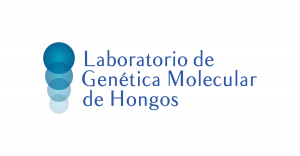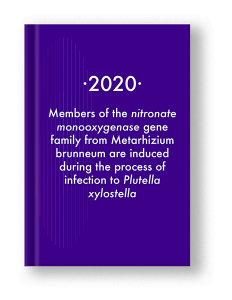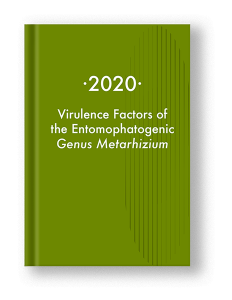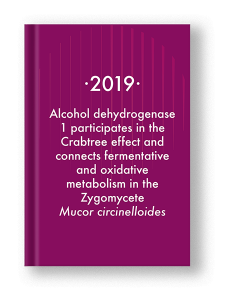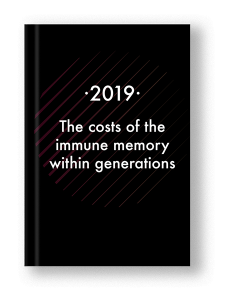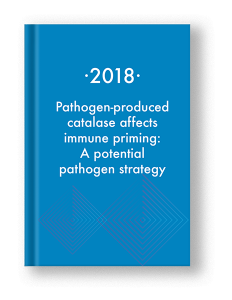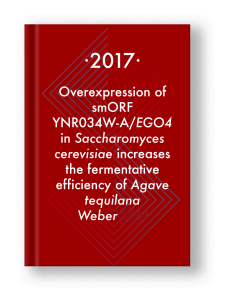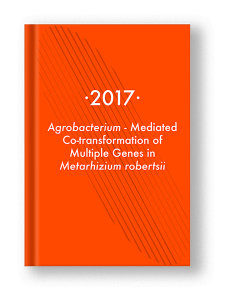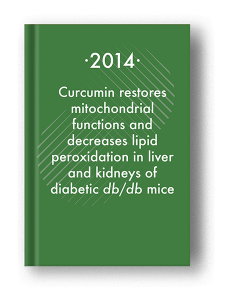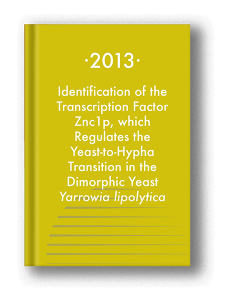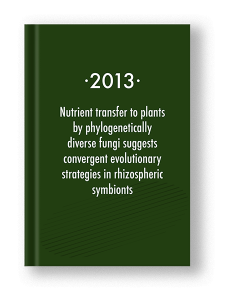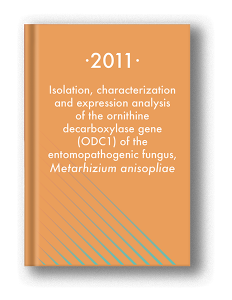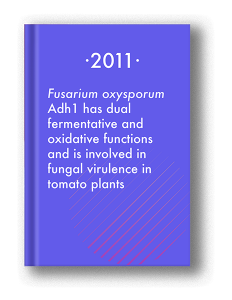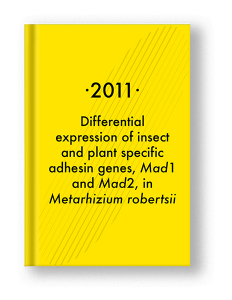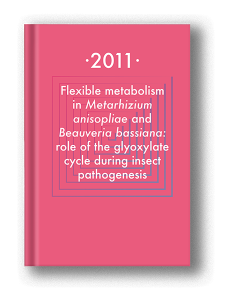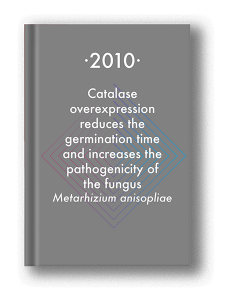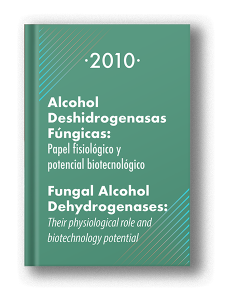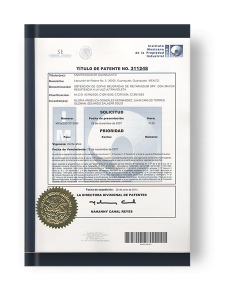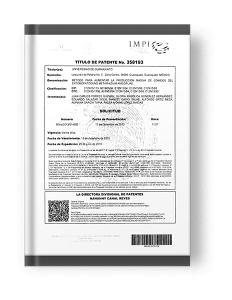Metarhizium species are the most abundant fungi that can be isolated from soil, with a well-known biopesticide capacity. Metarhizium recognizes their hosts when the conidium interacts with insects, where the fungi are in contact with the hydrocarbons of the outermost lipid layer cuticle…
The fungal Genus Metarhizium has been used as an entomopathogen worldwide for approximately 140 years, and its mechanism of infection and its virulence factors have been studied…
In this work, alkaline hydrogen peroxide pretreatment (AHP), at low concentrations of chemical reagents and mild temperature, on sugarcane bagasse was evaluated for production of bioethanol via enzymatic hydrolysis using Cellic® CTec3 from Novozymes® and fermentation using Saccharomyces cerevisiae wild-type strain AR5…
Immune response is evolutionary costly, but it is not clear whether these costs affect energetic expenditure (short-term cost), growth (medium-termcost), or reproduction (long-term cost). We tested the costs of immune memory in Tenebrio molitor against Metarhizium brunneum…
Immune priming in invertebrates refers to an improved immune response (and therefore a better chance of survival) upon a second encounter with a specific pathogen…
Different strains of Metarhizium exhibit a range of polymorphisms in colony phenotypes. These phenotypes range from highly conidiating colonies to colonies that produce relatively more mycelia and few conidia…
Fermentative processes are widely used to produce food, beverages and biofuels. Saccharomyces cerevisiae is an efficient ethanol-producing microorganism…
Fungi of the Metarhizium genus are a very versatile model for understanding pathogenicity in insects and their symbiotic relationship with plants…
Nitrosative and oxidative stress play a key role in obesity and diabetes-related mitochondrial dysfunction…
The dimorphic yeast Yarrowia lipolytica is used as a model to study fungal differentiation because it grows as yeast-like cells or forms hyphal cells in response to changes in environmental conditions…
En este estudio mostramos la gran variedad de bienes y servicios que los ecosistemas proporcionan a la sociedad guanajuatense…
El libro La Biodiversidad en Guanajuato: Estudio de Estado representa un gran avance en la difusión a la sociedad del conocimiento sobre la diversidad biológica y su importancia para el desarrollo sostenible del estado de Guanajuato…
An alcohol dehydrogenase gene, adh1, has been identified in the vascular wilt fungus Fusarium oxysporum f. sp. lycopersici…
Metarhizium robertsii is an entomopathogenic fungus that is also plant rhizosphere competent. Two adhesin-encoding genes, Metarhizium adhesin-like protein 1 (Mad1) and Mad2, are involved in insect pathogenesis or plant root colonization, respectively…
Catalases and peroxidases are the most important enzymes that degrade hydrogen peroxide into water and oxygen…

Métodos para la obtención de cepas transformadas de Metarhizium anisopliae con resistencia a la luz ultravioleta A (UVA)
